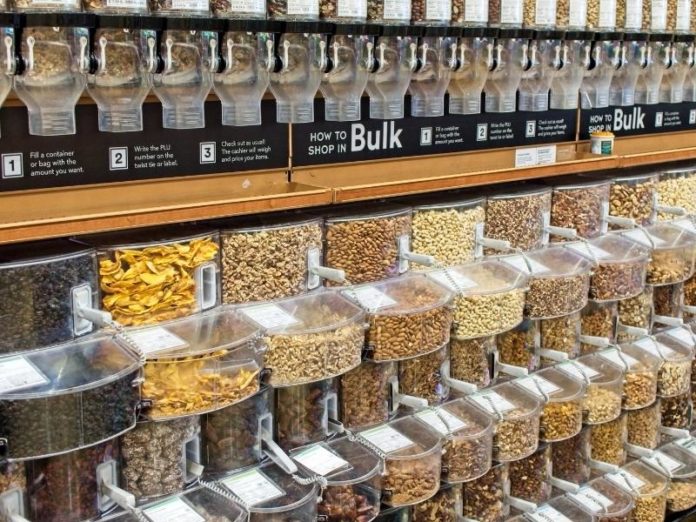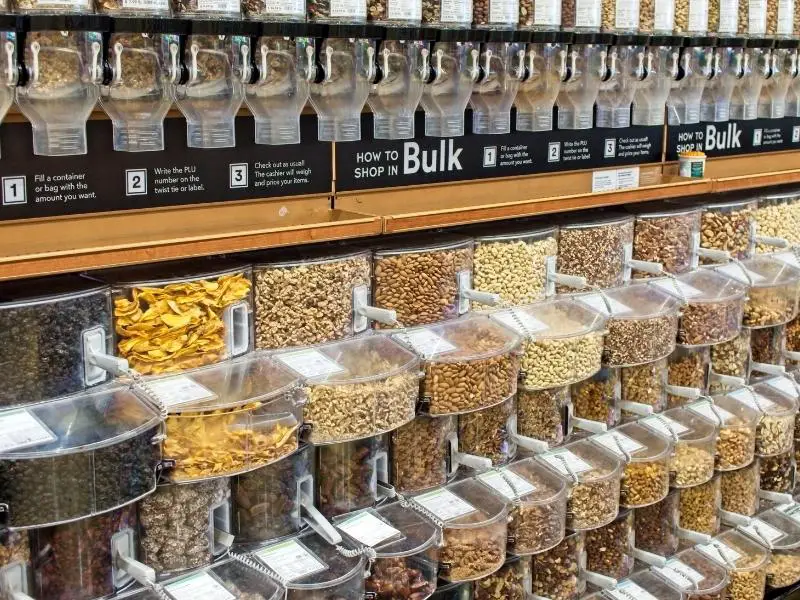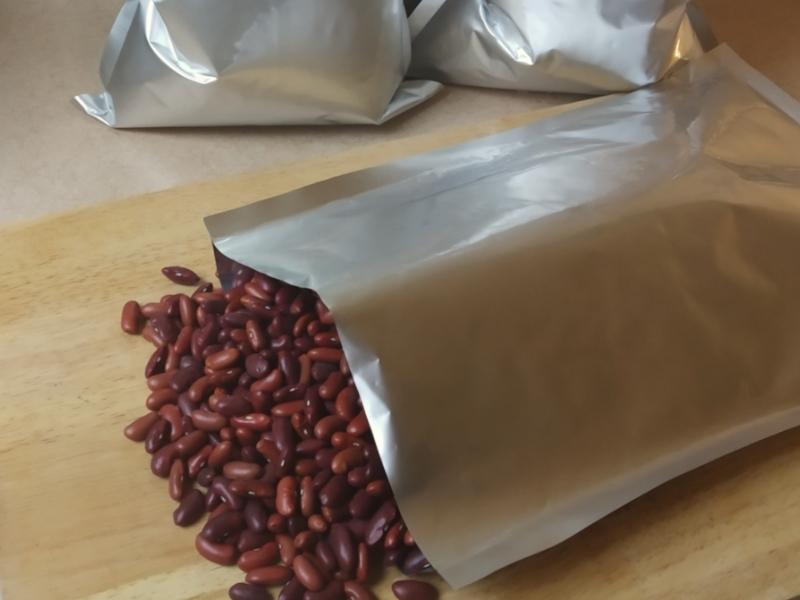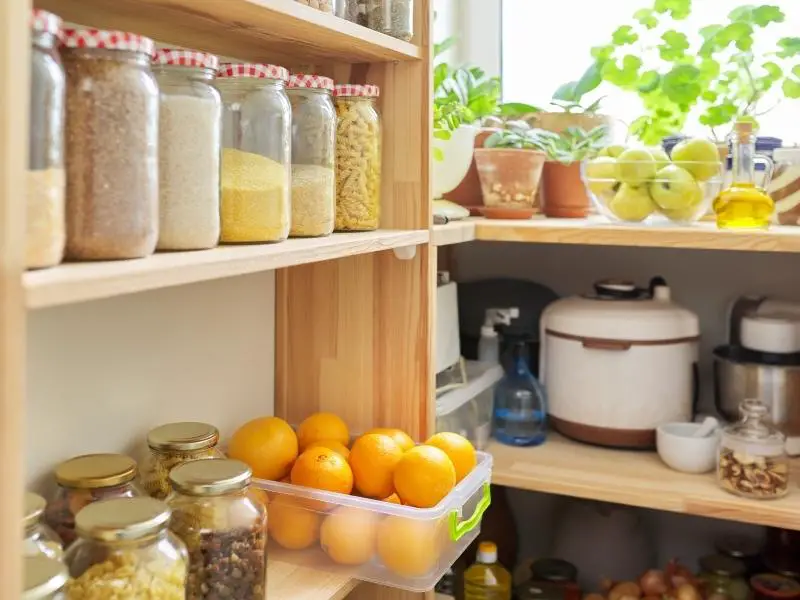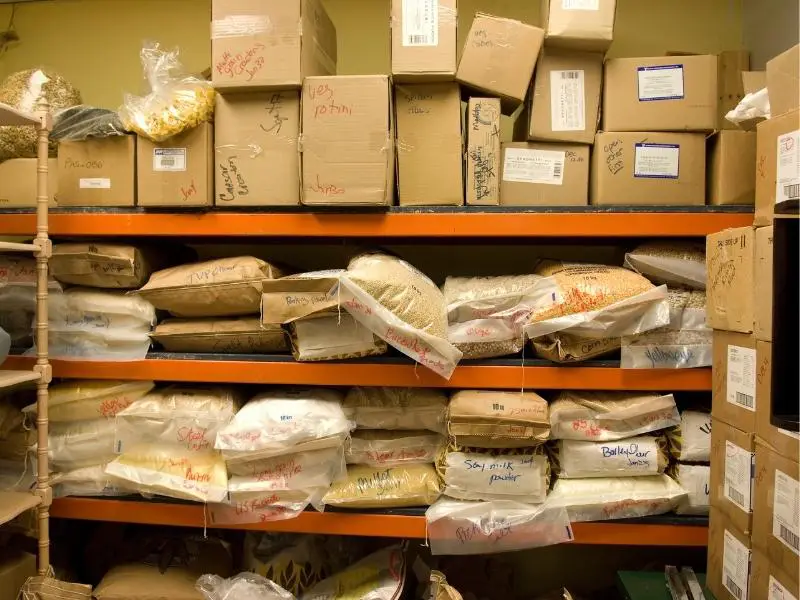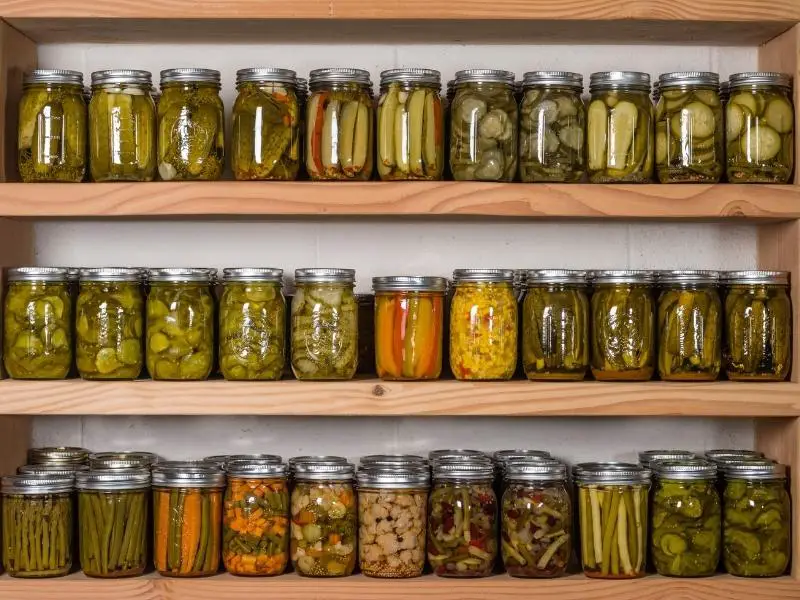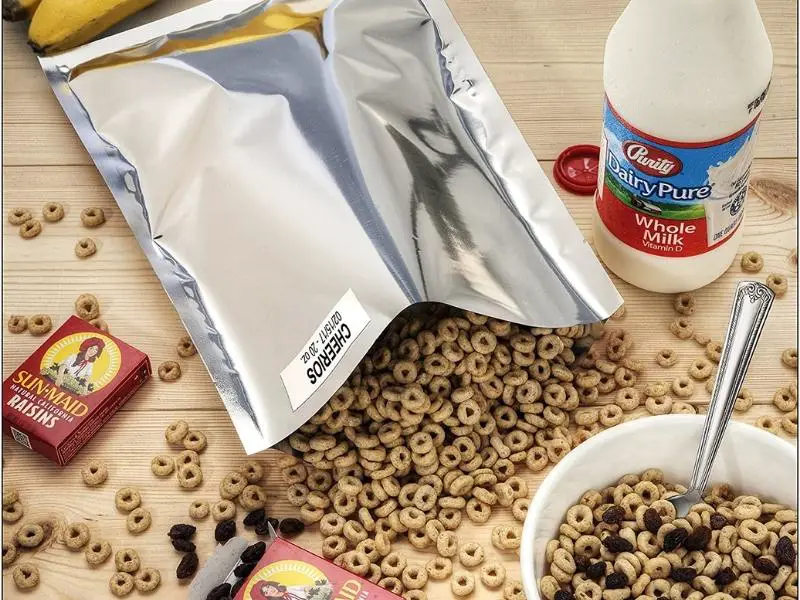Very often if you are getting your food storage together as a prepper you will want to buy in bulk as this saves money. Now you may want to use some of the food straight away or you may just want to repackage the bulk bags into portions for rationing purposes.
Either way you want to make sure you repackage the food correctly and avoid it spoiling.
As soon as you open the bulk bag the food is exposed to the air and it will start the process of degrading unless you package it in the portions you need and seal it correctly in order to stop the process.
If you are buying food for long or short term storage the process of bulk food repackaging may look a little different. We will be looking at the repackaging of dry food items for this particular repackaging method.
What Type Of Dry Food Items Could You Buy In Bulk?
There are plenty of dry food items that you could buy in bulk for food storage but we will list a few examples to give you an idea of the possibilities:
- Quinoa
- Rice
- Oats
- Beans
- Flour=
- Spices
- Baking Powder/Soda
A common bulk package size for these dry food items is 25 pound bags and once you open them you will need to decide what portion sizes make the most sense to repackage these dry foods in.
Sometimes you may plan to use the food items in the short term and then the repackaging process will look slightly different to the long term solution.
Items You Will Need For Bulk Food Repackaging
- 1 x 5-gallon food grade bucket for each 25-pound bag including bucket lids for each bucket
- Mylar Bags and/or
- 1-gallon Plastic zip storage bags
- Oxygen absorbers
- A level or straight edge (just longer than your bag length)
These are the items you will need for short term and/or long term bulk food repackaging but it is useful to have all of them on hand so you have both options available.
Short Term Food Storage (6 Months or Less)
If you know you will use your dry food item within the next 6 months then the best option for repackaging would be:
- Divide the dry item for example quinoa into 6 equal portions (1 per month) – This is just a suggestion you should portion this as it suits your needs best.
- Use the plastic zip storage bags for short term storage
- Try to get as much air out of the packet as possible when repackaging
- Layer your zip lock bags in one 5 gallon bucket and seal the lid
- The separation into the individual bags makes it easier to use over time as the rest of the food will not be impacted when you remove the one bag for use. Pests and oxygen will not affect the balance of the bucket and there won’t be any mess.
- Oxygen absorbers are not needed if the food will be used fairly quickly; within the 6 month period
- If you think you may not use it within the 6 months it would be useful to add a 300cc oxygen absorber to each bag for extra longevity.
Long Term Food Storage (12 Months or More)
Due to the added length of time the food will be kept for there is an additional step that will need to be taken for the repackaging process. If you repackage your food items correctly many of them can last for 10 years and longer (depending on the food item).
Long term storage would more than likely be your goal as a prepper for your long term food store. You will need a slightly different method for added freshness for long term storage.
If you know you will only use your dry food item after 12 months or more the then the best option for repackaging would be:
- The same above general process should apply for long term storage but instead of the plastic storage bags you should use mylar bags.
- Mylar bags come in a variety of sizes so you should decide on your ration portions that you want to use so you can use the appropriate size mylar bag. 5 gallon bags are most commonly used for bulk storage. However you should possibly consider smaller sizes if you feel the storage will be accessed more regularly.
- Oxygen absorbers are essential for long term storage. Depending on the size of mylar bag you decide to use you need to use the appropriate amount of oxygen absorbers. As a guide 1x 300-600cc absorber per 1 gallon bag and 1 x 2000-3000cc absorber for a 5 gallon bag.
- It does not matter if the oxygen absorber is on the top or bottom of the food. It will still perform its function of removing the oxygen and prevent the food from breaking down.
Meals In A Jar
Sometimes you may be doing meal planning ahead of time and want to use the bulk packaged food to put together meals in a jar. This is a popular technique for preppers as it allows you to have your meals portioned ahead of time and can help keep your inventory and rationing on track.
You can also use mylar bags instead of jars for this meal in a jar idea as it can often seal your food items more securely and keep them fresher for longer.
Tips For Using Mylar
Mylar can be effective as a long term food storage solution but only if you use this product correctly. These are some top tips for using mylar bags:
-
- Practice creating your mylar bags until you feel comfortable creating high quality bags capable of long term storage.
- Avoid creases as much as possible. Creases are a danger zone where air can creep in.
<
- Working on a solid surface makes the process much easier.
Final Thoughts
Bulk food repackaging is a necessity if you want to be able to portion your bulk food bags into usable portions for short term or long term storage. If you use the correct items and method you can ensure your food can remain as fresh as when you bought it. Some plastic or mylar bags with oxygen absorbers will ensure you can have manageable rations that are easy to use whenever you need them.
Via SHTFPreparedness


